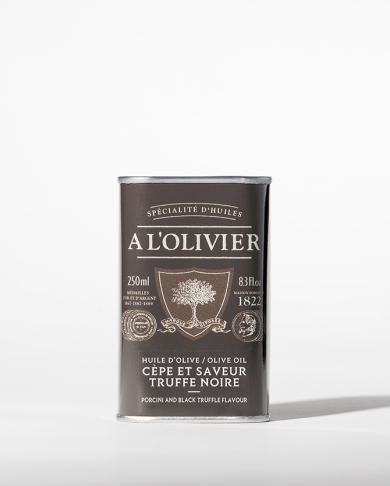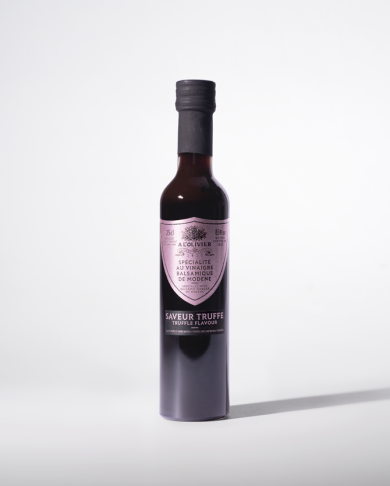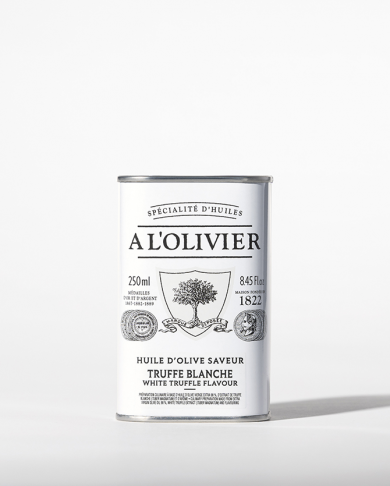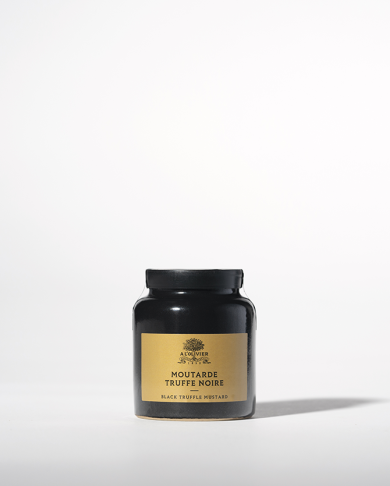INSPIRATIONS


Plant Secrets
| 08.11.2021
THE HISTORY AND ORIGIN OF TRUFFLES

Discover the secrets of the truffle: from its life underground and the art of truffle hunting, to its history and magical properties.
Where and how do truffles grow?
A truffle is the fruiting body of mycelium, the network of threads, called hyphae, from which mushrooms grow. It thrives in limestone soils, where it lives in harmony with the roots of certain trees. It’s most commonly found alongside oak trees (especially the green oak, a favourite amongst truffle hunters since it grows quickly), but also hazel trees, linden trees and ash trees... The mycelium forms a cosy web that produces the precious black diamond in spring. The truffles then grow throughout the summer and develop their delicious flavours in autumn. There are hardly any wild truffles left, so truffle hunters plant trees that have been injected with truffle mycelium (known as mycorrhizal plants), truffle oaks in particular, and then wait several years before being able to harvest the precious black mushroom. In France, truffles are found mainly in the south-west and south-east.
How are truffles harvested?
The harvest or “hunting" begins after the first frosts, when the truffles are at their best. The human nose is unable to detect their presence beneath the earth, so the assistance of a trained dog or sow is essential. When the animal starts scratching or snouting the grassless area at the base of the tree, the truffle hunter knows exactly where the delicious mushroom is located! The only thing left to do is dig up the truffle. Some flies, which lay eggs just above the truffles, also help experienced truffle hunters find this hidden treasure.
How long have we been consuming truffles?
Since ancient times! Sumerian clay tablets dating back to 3700 BC mention the truffle. It’s said that the ancient Egyptian Pharaoh, Khufu, was fond of truffles and had truffle-based dishes prepared for his foreign guests. The Greek philosopher Theophrastus (4th and 3rd centuries B.C.) believed truffles were brought about by autumn rains accompanied by thunder. The Romans particularly enjoyed truffles from Libya, and Cicero (106-43 BC) J.-C.) termed them "children of the earth". As for Pliny the Elder (1st century AD), he regarded them as "calluses" of the earth and miracles of nature.
From unholy mushroom to black diamond
Truffles fell out of favour in the Middle Ages: black, mysterious and underground, they were likened to Satan. In the 16th century, King Francis I reintroduced them to the court. During this time, many believed they had aphrodisiac properties! Truffles enjoyed huge popularity in the 19th century and in 1825, French gastronome Brillat-Savarin defined them as the “diamond of the kitchen”.
Today, truffles are a luxury product often combined with other gourmet ingredients, such as foie gras. The best known is the Périgord black truffle (Tuber melanosporum), a delicacy produced in France. The summer truffle (Tuber aestivum), the Bourgogne truffle (Tuber uncinatum), the Lorraine truffle (Tuber mesentericum) and the brumale truffle (Tuber brumale) are less prestigious but much cheaper. On the other side of the Alps, the white truffle of Alba (Tuber magnatum), with its intense flavours, is just as popular amongst food lovers as the black truffle. This truffle is incredibly expensive! The flavour of both black and white truffles is so intense that it’s perfect for the simplest of recipes: mashed potatoes, risotto, tagliatelle... Its flavour becomes even more intense when used alongside fats, such as butter, cream or oil. The delicious taste of truffle is perfectly captured in oil. While many truffle oils often use synthetic flavours, A l’Olivier’s black truffle flavour and white truffle flavour olive oils benefit from our expertise. We combine truffle maceration with natural flavourings to guarantee that every last drop of our premium olive oil has an intense taste.

 Menu
Menu
 Mon compte
Mon compte  Wishlist
Wishlist  Panier
Panier 



